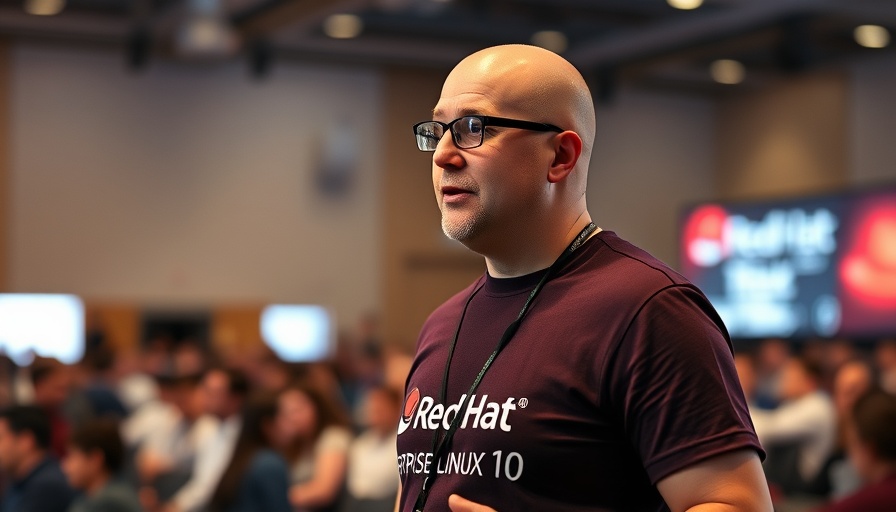
RHEL 10: Pioneering the Future of Enterprise IT
As we advance into an era increasingly defined by artificial intelligence and quantum computing, the release of Red Hat Enterprise Linux 10 (RHEL 10) signals a pivotal moment for enterprise IT infrastructure. Designed to meet current and future challenges, RHEL 10 brings forth a plethora of enhancements addressing security, AI integration, and hybrid cloud solutions, ensuring businesses are well-equipped for tomorrow's demands.
Elevating Security Standards in a Quantum World
Security remains a core focus for RHEL 10, particularly in light of the impending capabilities of quantum computing. As highlighted by Chris Wells, senior director of product marketing for Red Hat, RHEL 10 incorporates quantum-resistant algorithms that adhere to Federal Information Processing Standards (FIPS). This proactive approach not only fortifies existing security measures but also positions enterprises to counter potential threats from advances in quantum technologies. "Having a solid and stable foundation while integrating cutting-edge security measures is what RHEL 10 aims for," Wells emphasized.
Bridging the Skills Gap with AI
In addition to security enhancements, RHEL 10 is also addressing the significant skills gaps within companies. The introduction of RHEL Lightspeed, a generative AI-powered assistant, is a noteworthy feature aiming to streamline operations for IT administrators and developers. By utilizing natural language commands and contextual guidance, Lightspeed simplifies system management and troubleshooting, thus allowing enterprises to deploy more solutions on Linux without needing extensive expertise.
The Containerization Evolution
Containerization continues to be a significant trend in modern IT, and RHEL 10 amplifies its support for container-based deployments. The operating system’s advancements in this area streamline application deployment, making it easier for teams to manage microservices and modern applications effectively. The fluid integration of AI capabilities within these containers further enhances performance and scalability, making RHEL 10 a go-to solution for organizations intent on embracing digital transformation.
Future-Ready Hybrid Cloud Capabilities
With the ongoing shift towards hybrid cloud infrastructures, RHEL 10 is designed to operate seamlessly across diverse environments. Its robust cloud compatibility offers businesses the flexibility to utilize both on-premises and cloud resources optimally. By equipping enterprises with a unified platform that supports multi-cloud strategies, RHEL 10 facilitates smoother transitions and more effective resource management.
Conclusion: Embrace the Future with RHEL 10
RHEL 10 emerges as a key player for enterprises striving to stay ahead in a rapidly evolving technological landscape. With its focus on security, AI integration, containerization, and hybrid cloud support, decision-makers in various industries can garner insights on integrating these advancements into their operational strategies. Embracing RHEL 10 will not only bolster security but will also drive innovation and efficiency in enterprise IT.
 Add Row
Add Row  Add
Add 




Write A Comment